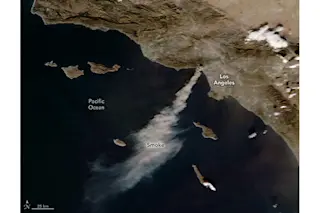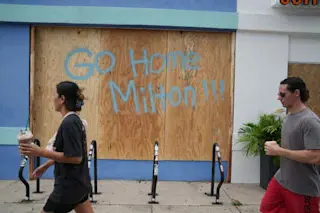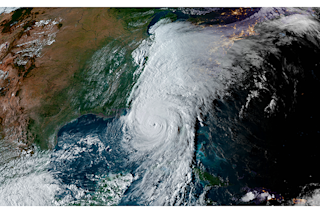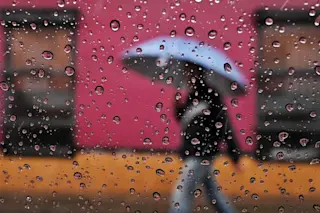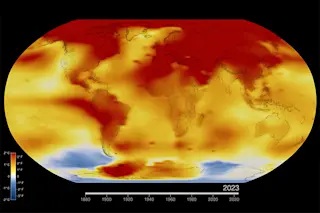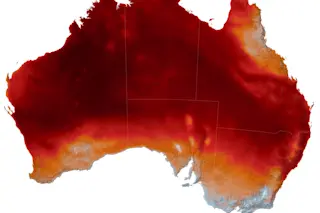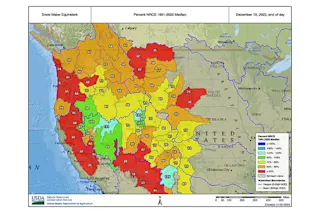| UPDATE 4 p.m. MDT, 7/29/2013: I was mistaken in my first update below. I should not have been looking at water vapor. Here's an animation of GOES satellite images in the visual end of the spectrum. The center of Tropical Storm Flossie's circulation is clearly seen tracking north of the Big Island and headed toward Maui. (Look for the cyclonic pattern in the clouds.)
The center of Tropical Storm Flossie's circulation is seen headed for Maui in this animation of GOES satellite images. (Animation: NOAA) But the Big Island may still be hit with a lot of rain. | UPDATE 2 p.m. MDT, 7/29/2013: The Central Pacific Hurricane Center has shifted Tropical Storm Flossie's projected track a bit to the north, which would have the center of the storm making landfall in Maui today, rather than the Big Island. But I just checked the satellite imagery, and it sure ...


